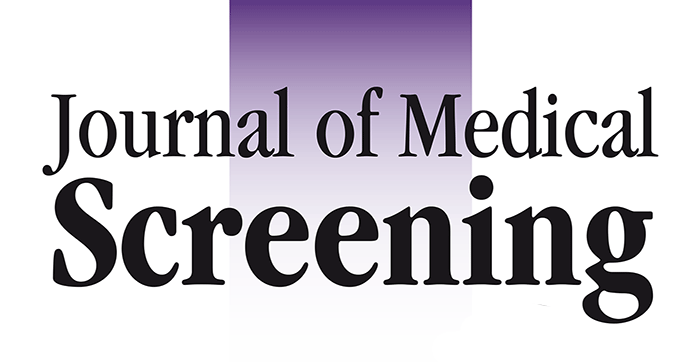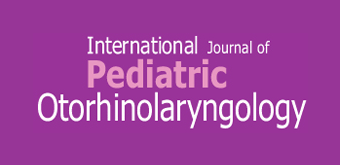
Improving Mobile Phone Speech Recognition by Personalized Amplification: Application in People with Normal Hearing and Mild-to-Moderate Hearing Loss.
Conclusion: The personalized amplification application has the potential to improve speech recognition for people with mild-to-moderate hearing loss, as well as people with normal hearing, in particular when listening in noisy environments.
Automated hearing screening for preschool children.
Conclusion: The results suggest that the automated hearing screening test system can be used in screening programmes for preschoolers aged older than five years.


Automated hearing screening for children: A pilot study in China.
Conclusion: The results suggest that with further improvement in terms of its sensitivity and specificity, it may be feasible to use the automated hearing screening test system to conduct routine school hearing screenings.
A new hearing screening system for preschool children
Conclusion: This screening system is suitable for the universal hearing screening of preschool children above 4 years old, and further improvements of the system are needed to increase its sensitivity.


Clinical evaluation of a computerized self-administered hearing test.
Conclusion: The results suggest that the computerized self-administered hearing test is a reliable and valid measure of unmasked air-conduction hearing thresholds.
Screening for hearing loss in the Hong Kong Cantonese-speaking elderly using tablet-based pure-tone and word-in-noise test.
Conclusion: The tablet-based pure-tone test and word-in-noise test are reliable and valid to be used as screening tools for hearing loss in the Hong Kong Cantonese-speaking elderly.

